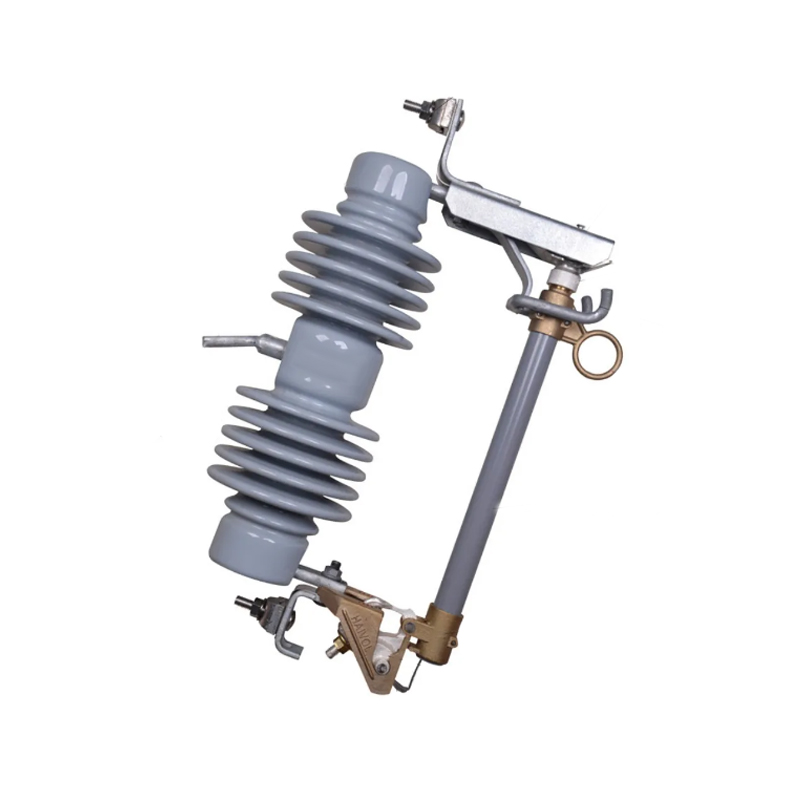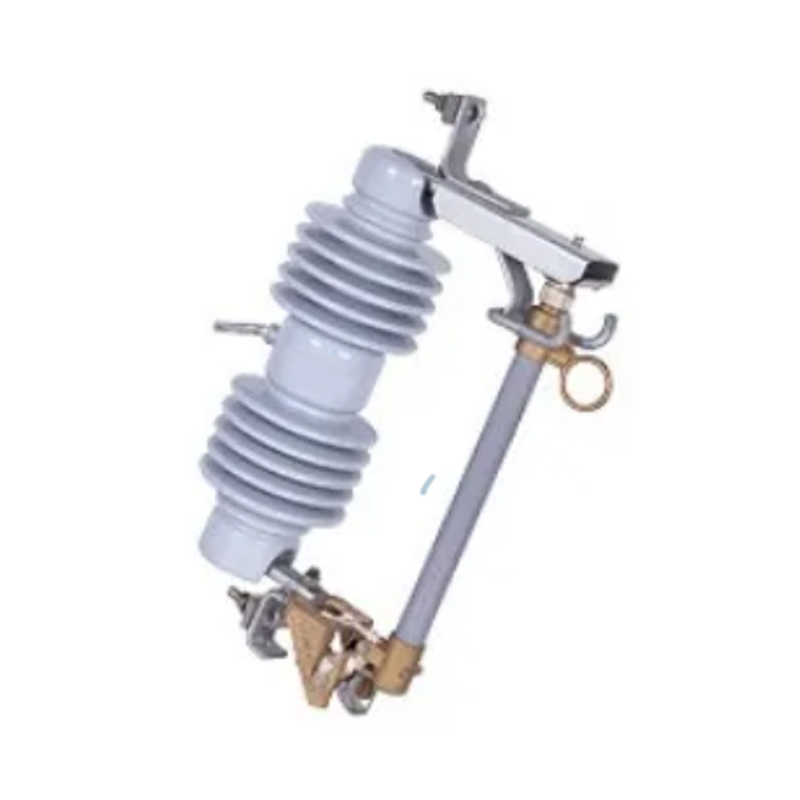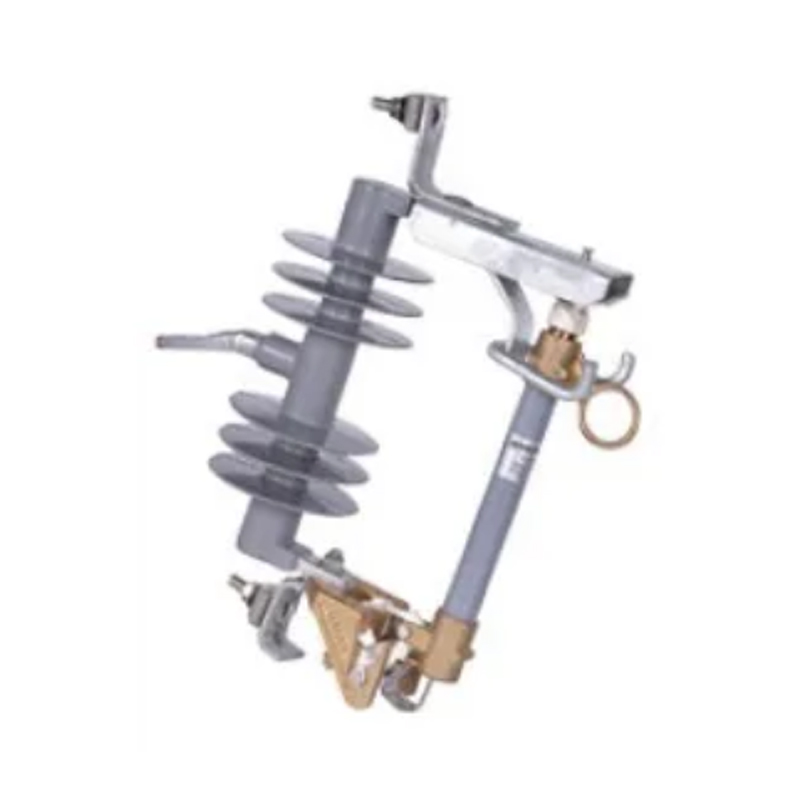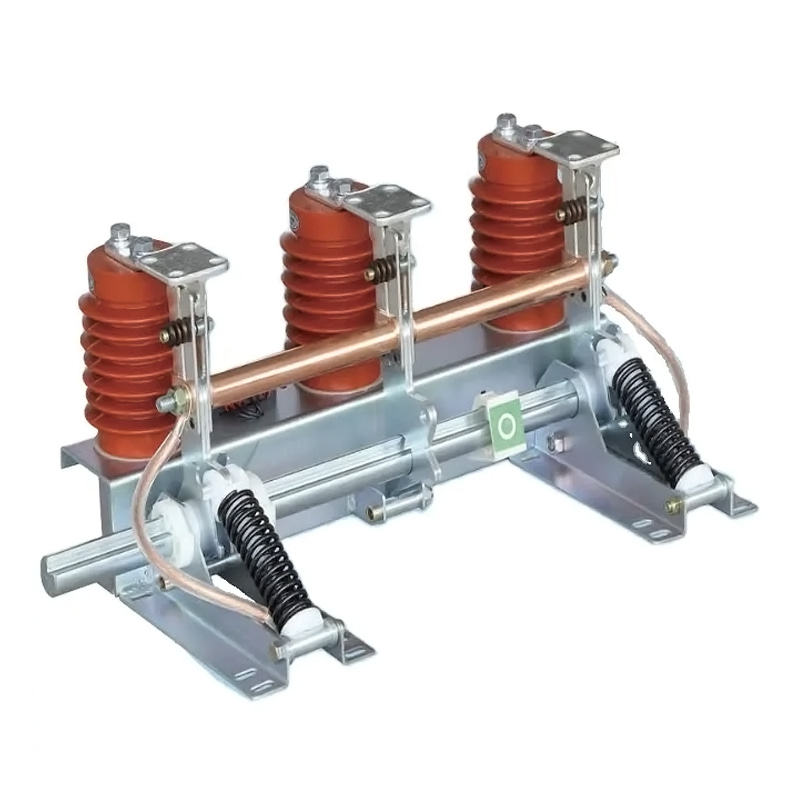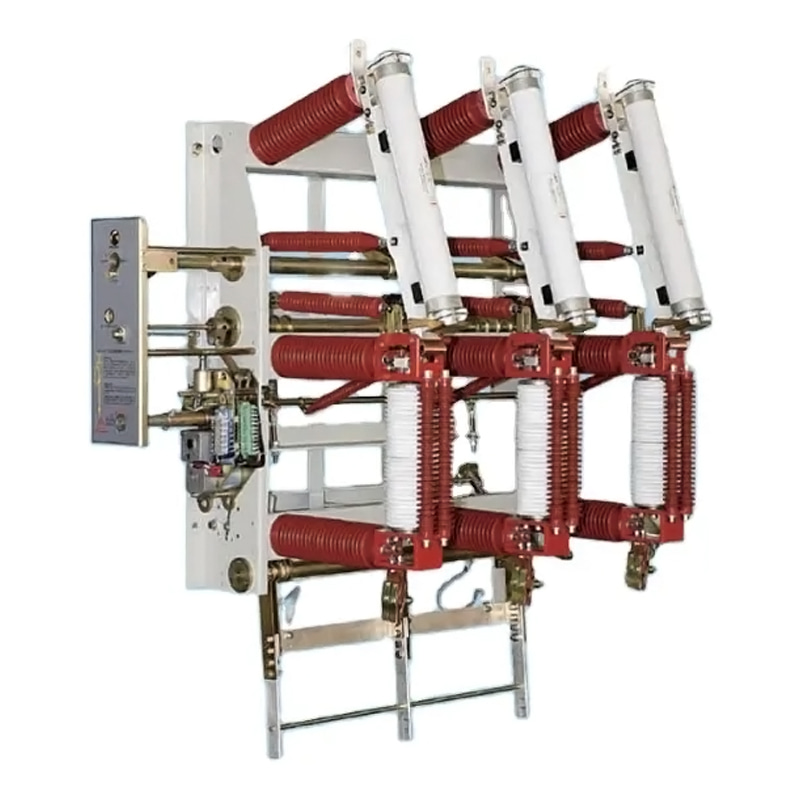Low voltage switchgear is a collection of electrical devices used to control, protect, and monitor electrical circuits within an electrical system. It includes components like circuit breakers, disconnectors, fuses, and busbars that help manage the distribution of electrical power. Switchgear can be found in various types of installations, from power plants and substations to commercial buildings and industrial plants, offering protection against overcurrent, short circuits, and faults.
One of the primary functions of low voltage switchgear is to disconnect electrical circuits when abnormal conditions, such as overloading or short-circuiting, occur. This disconnection ensures that power outages are smalld, and electrical equipment remains protected. In addition to protection, low voltage switchgear also allows for the control and distribution of electrical energy, facilitating maintenance and troubleshooting in systems without compromising safety.
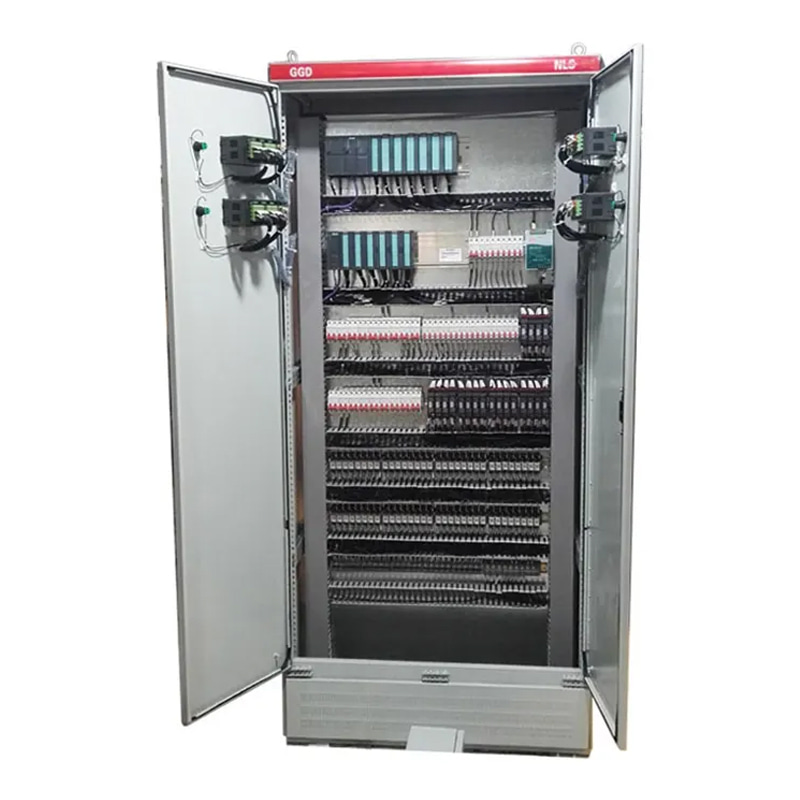
Low voltage switchgear is employed in a wide range of applications across different industries, providing crucial protection and control for electrical systems. Some of the more common uses include:
Residential Buildings: In homes, low voltage switchgear is used to protect electrical circuits, such as lighting, heating, and appliances, from overcurrent conditions. It ensures that these circuits are safely disconnected in case of a fault, preventing damage to both the electrical system and household appliances.
Commercial Buildings: In offices, retail spaces, and other commercial environments, low voltage switchgear helps protect large electrical systems that support lighting, HVAC (heating, ventilation, and air conditioning), and other essential equipment. It provides both control and protection, ensuring that the electrical infrastructure remains reliable and safe.
Industrial Facilities: In industrial settings, low voltage switchgear is crucial for protecting complex machinery and equipment from electrical faults. It ensures the safe operation of systems like motors, pumps, conveyors, and automated equipment, providing both manual and automatic control over the electrical network.
Renewable Energy Systems: Low voltage switchgear is also used in renewable energy installations, such as solar and wind power systems. These systems require reliable switching and protection devices to ensure the safe integration of power into the grid or local distribution network.
The use of low voltage switchgear offers several significant advantages, including:
Safety: One of the main benefits of low voltage switchgear is its ability to protect both people and equipment. By disconnecting circuits in case of faults, it reduces the risk of electrical fires, equipment damage, and electric shock.
System Reliability: Low voltage switchgear helps ensure that electrical systems operate smoothly and reliably. By preventing faults and overloads, it smalls the chances of power interruptions, enhancing system uptime.
Easy Maintenance: Switchgear makes it easier to perform maintenance on electrical systems by isolating parts of the circuit when needed. This reduces the risks involved in maintenance activities and allows technicians to work on live systems safely.
Versatility: Low voltage switchgear can be used in a wide range of industries and applications, from residential buildings to large industrial plants. Its modular design allows for easy adaptation to different system requirements.
Low voltage switchgear is an essential element of electrical systems, providing both protection and control for circuits in residential, commercial, and industrial settings. With its ability to protect against overloads, short circuits, and faults, low voltage switchgear helps maintain the safety, reliability, and efficiency of electrical networks.



 English
English русский
русский عربى
عربى